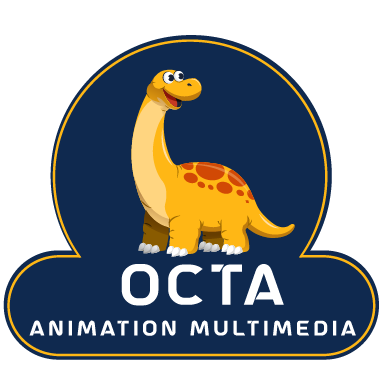Thorough documentation of 3D projects is pivotal for streamlined communication, collaboration, and future reference. This guide provides a concise roadmap to effectively document your work, enhancing comprehension and ensuring valuable insights for both current and future endeavours.
Here’s a guide on how to document your 3D projects:
Project Overview
Start with a brief overview of the project, including its purpose, goals, and target audience. Clearly articulate the project’s scope and objectives.
Conceptualization
Document your initial concepts, design ideas, and inspirations. Include sketches, mood boards, or any visual references that influenced your design decisions.
Project Timeline
Create a timeline outlining key milestones and deadlines. This helps in managing the project efficiently and tracking progress.
Software and Tools Used
List the 3D modeling, rendering, and animation software you used. Include versions to ensure compatibility for future reference.
Asset List
Catalog all assets used in the project, such as 3D models, textures, and materials. Include details like file paths, sources, and licenses.
Scene Organization
Explain how you structured your 3D scene. Detail the hierarchy, naming conventions, and organization of objects to facilitate easy navigation for others.
Rendering Settings
Document your rendering settings, including resolution, frame rate, and any specific configurations that contribute to the visual outcome.
Lighting and Camera Setup
Describe how you set up lights and cameras in your scene. Specify types of lights used, their positions, and camera angles for key shots.
Material and Texture Information
Provide details on the materials and textures applied to objects. Include texture resolutions, mapping techniques, and any special settings.
Animation Details
If your project involves animation, document keyframes, timelines, and animation curves. Explain any rigging or constraints used for character or object movement.
Rendered Outputs
Showcase final rendered images or animations. Include variations and iterations to illustrate the project’s development.
Challenges and Solutions
Discuss any challenges encountered during the project and the solutions implemented. This offers valuable insights for upcoming projects.
Feedback and Revisions
Document feedback received during the project and how you addressed it. This helps in learning from the experience and improving your workflow.
Conclusion and Reflection
Summarize the project’s outcomes, highlighting successes and areas for improvement. Reflect on lessons learned and consider how you might approach similar projects differently in the future.
By thoroughly documenting your 3D projects, you not only enhance collaboration but also create a valuable resource for personal and professional growth.

